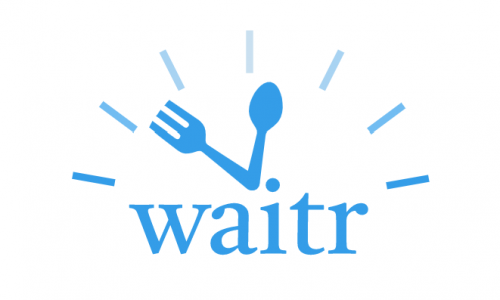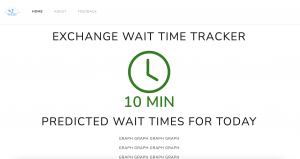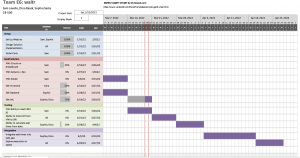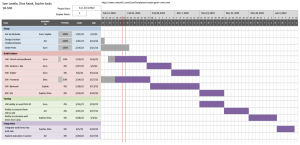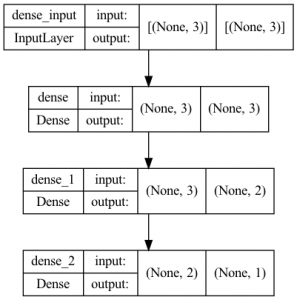This week, I made a great deal of progress on the neural network. By adjusting the training data to be more accurate (but still random enough) to real data and adjusting the learning rate, I was able to get the mean squared error down by over 150. This improved our model a lot, allowing us to have much more accurate predictions. In addition, we were able to connect the updated model with the frontend by providing predictions for an entire day for the graph data. All of these changes can be seen on our private repo.
My progress is currently on schedule. The majority of the work left relating to the ML model is dependent on updating the training data based on new scans into the RFID readers in our interface.
Next week, Dina and I hope to work together on the RPi connection from the hardware scans to the software as well as some processing in the backend. We hope to be able to fully process the data from an RFID into our backend database.
